
Dypsis medagascariensis clumping - Plant
(MRP Inclusive of all taxes)
- Shipping ₹79 for entire order
- Dispatch in 7 days
- Country of origin: India

(MRP Inclusive of all taxes)
 Save 29%
Save 29%
Air Purifier Money Plant with Pot The Air Purifier Money Plant, also known as Pothos or Epipremnum aureum, is a stunning indoor plant that...
View full details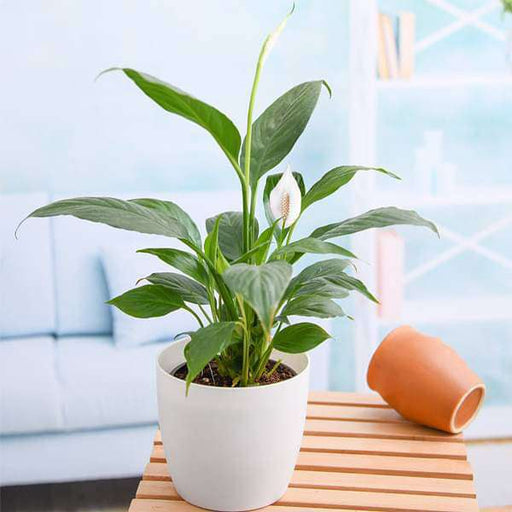
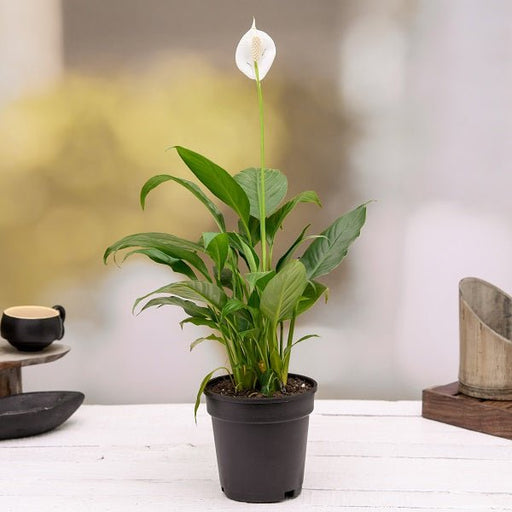 Save up to 15%
Save up to 15%
Peace Lily, Spathiphyllum - Plant The Peace Lily, scientifically known as Spathiphyllum, is a stunning houseplant celebrated for its elegant white...
View full details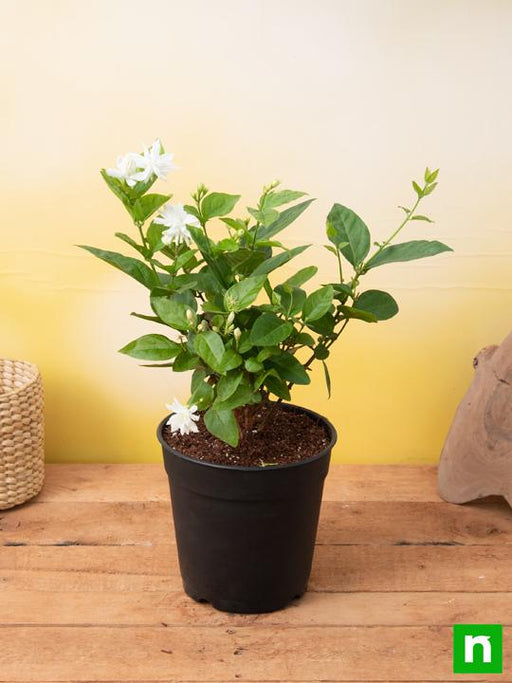
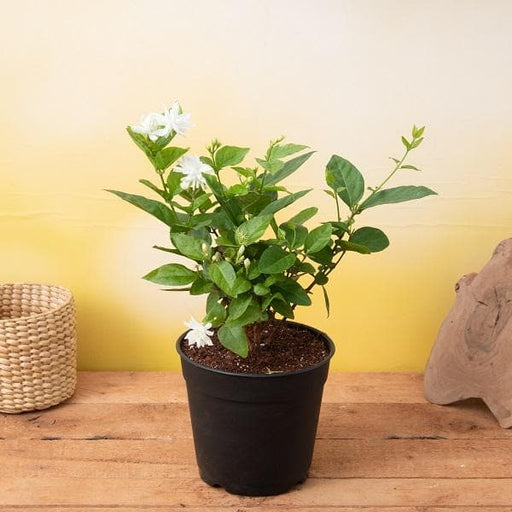 Save 25%
Save 25%
Jasminum sambac, Mogra, Arabian Jasmine - Plant Jasminum sambac, commonly known as Mogra or Arabian Jasmine, is a fragrant flowering plant...
View full details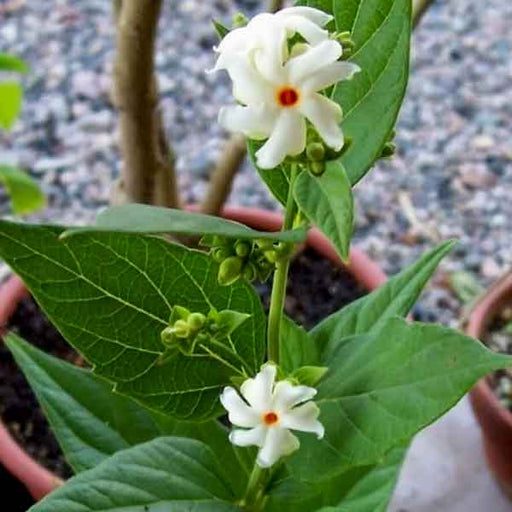
 Save 18%
Save 18%
Combo Constituents Includes the Parijat Tree (Night-Flowering Jasmine), a culturally significant plant with fragrant flowers. Description The Pari...
View full details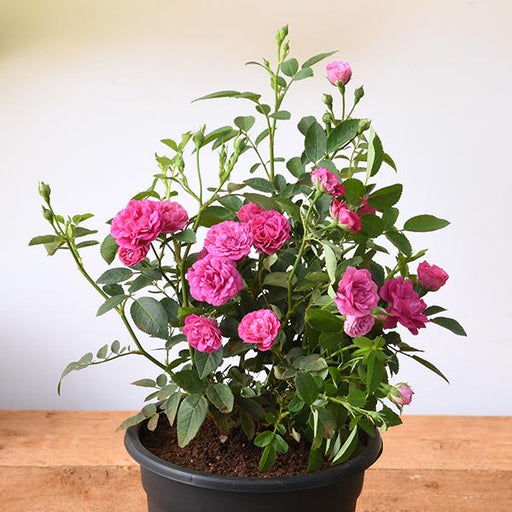
 Save 25%
Save 25%
Miniature Rose, Button Rose (Any Color) - Plant The Miniature Rose, also known as the Button Rose, is a charming and compact flowering plant that ...
View full details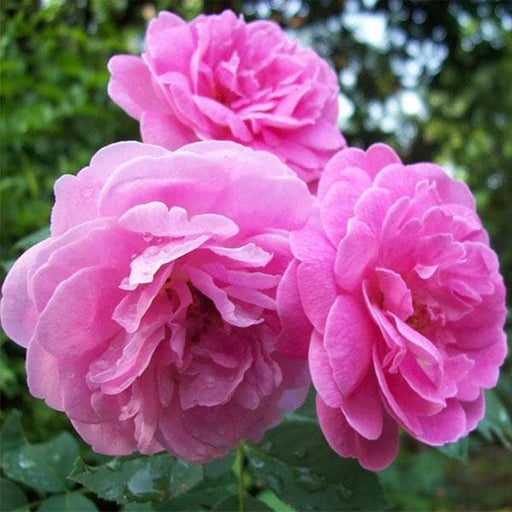 Save 25%
Save 25%
Damascus Rose, Scented Rose (Any Color) - Plant The Damascus Rose, also known as Rosa damascena, is a timeless symbol of beauty and romanc...
View full details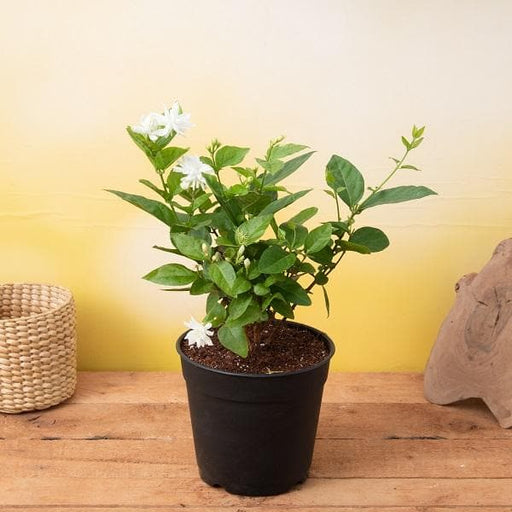
 Save 17%
Save 17%
Beautiful Fragrant Mogra, Arabian Jasmine Plant with Pot The Beautiful Fragrant Mogra, also known as Arabian Jasmine (Jasminum sambac), is...
View full details Save 15%
Save 15%
Pack of Vermicompost and Neem Cake for House Plants Transform your indoor garden with our premium Pack of Vermicompost and Neem Cake, spec...
View full details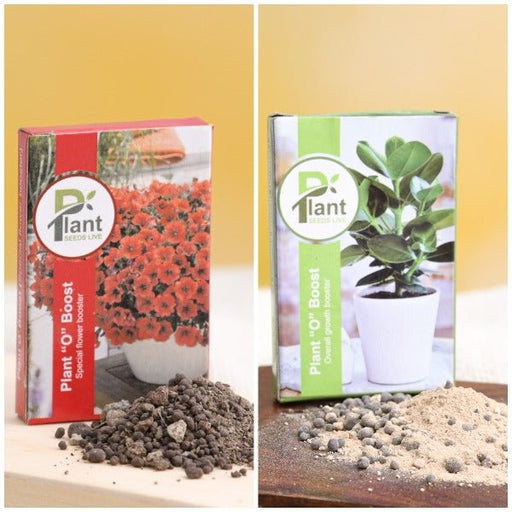
Pack of Plant Growth and Flower Boosters Unlock the full potential of your garden with our Pack of Plant Growth and Flower Boosters! This ...
View full details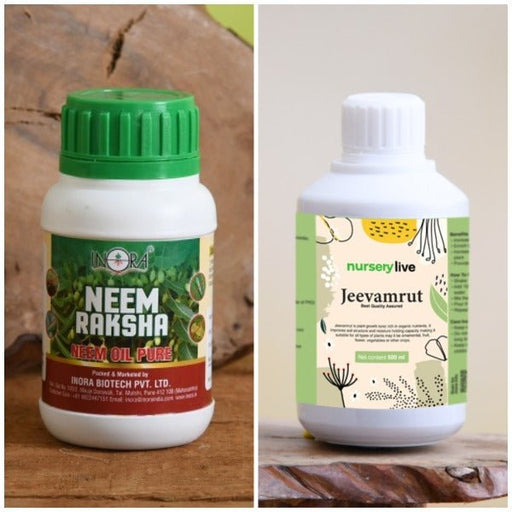 Save 38%
Save 38%
Combo of Jeevamrut and Neem Raksha for Easy Growth and Protection of Houseplants Transform your indoor garden with our exclusive combo of ...
View full details Save 22%
Save 22%
Plant Nutrients Kit (Pack of 16) for a Healthy Garden Transform your garden into a lush paradise with our Plant Nutrients Kit, featuring 1...
View full details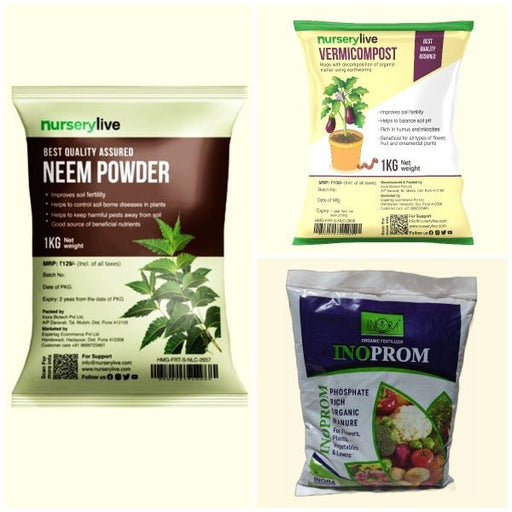 Save 16%
Save 16%
Combo of Top Plant Fertilizers Elevate your gardening game with our exclusive Combo of Top Plant Fertilizers, featuring two bags of premiu...
View full details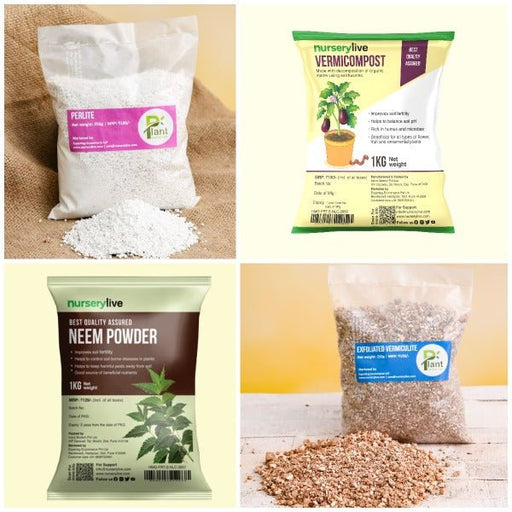 Save 24%
Save 24%
Pack of 4 Additives to Make Soil Healthy and Nutrient Rich Transform your garden into a thriving ecosystem with our Pack of 4 Additives de...
View full details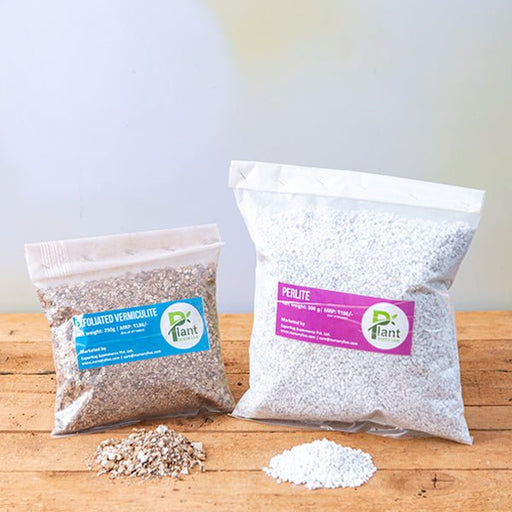 Save 30%
Save 30%
Transform your gardening experience with our premium Combo of Perlite and Vermiculite. This unique blend is designed to enhance soil aeration and ...
View full details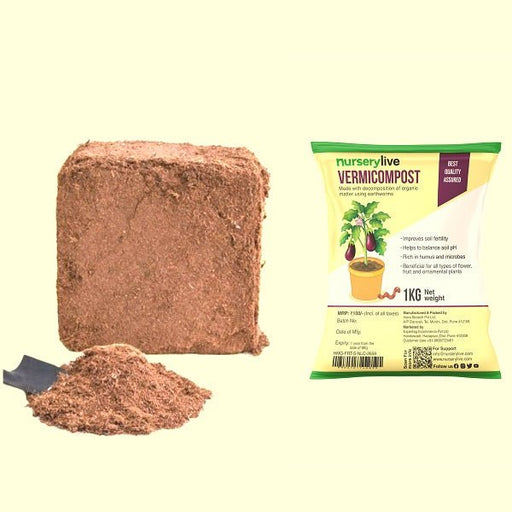 Save 27%
Save 27%
Combo of 2 Vermicompost and Cocopeat - Enrich Your Soil Naturally! Transform your garden into a thriving ecosystem with our Combo of 2 Ver...
View full details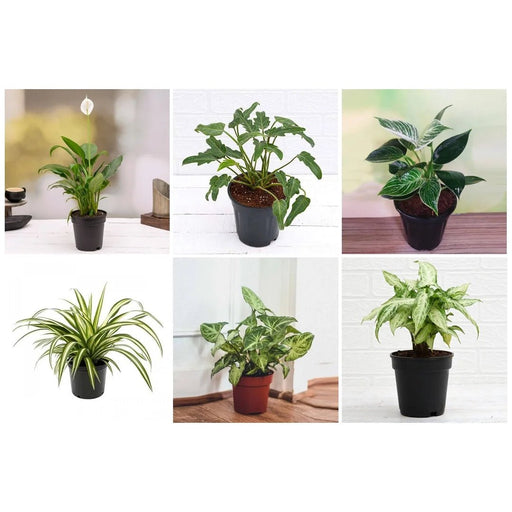
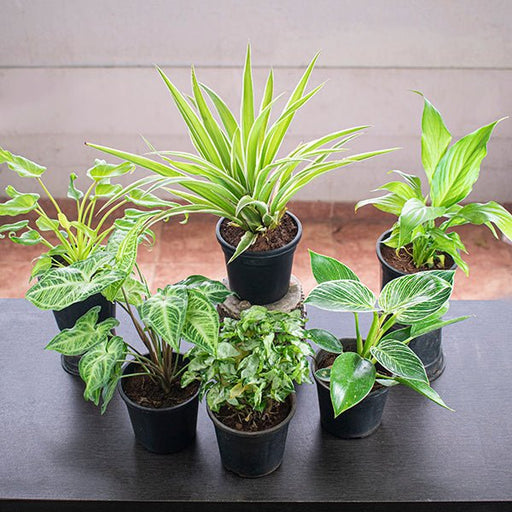 Save 35%
Save 35%
Best 6 Plants for Perfect Indoor Garden Transform your living space into a lush oasis with our curated collection of the Best 6 Plants for a...
View full details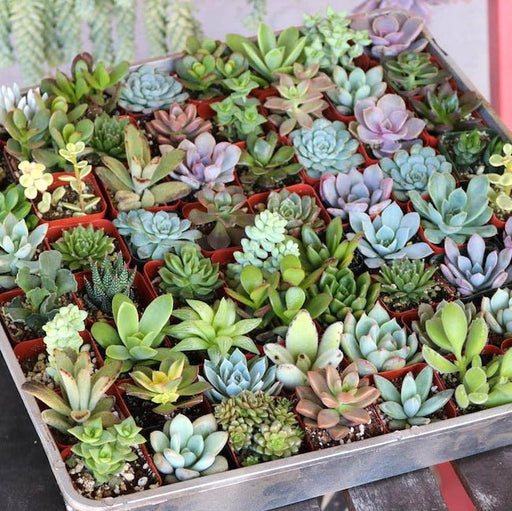
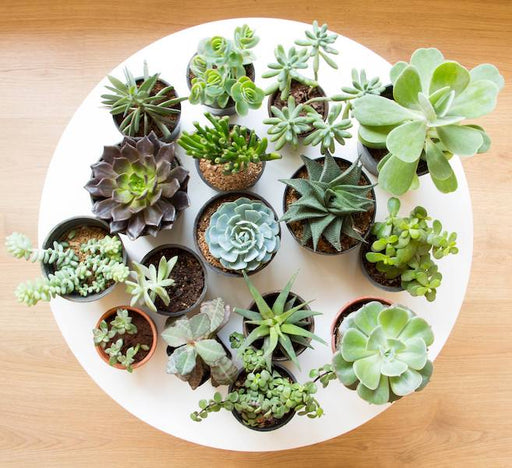 Save up to 50%
Save up to 50%
Mini Succulent Garden Pack Transform your space with our Mini Succulent Garden Pack, featuring a delightful collection of 4 any variety beautiful s...
View full details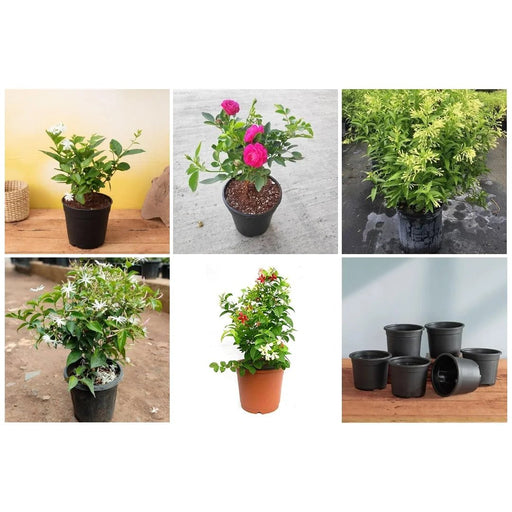
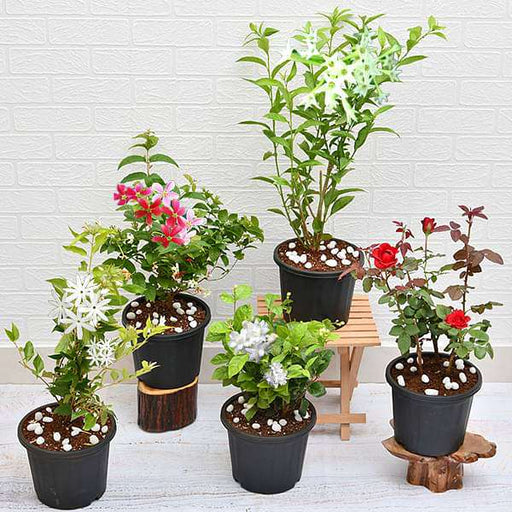 Save 30%
Save 30%
5 Best Fragrant Plants Transform your garden or indoor space into a fragrant paradise with our curated selection of the 5 Best Fragrant Plants. Th...
View full details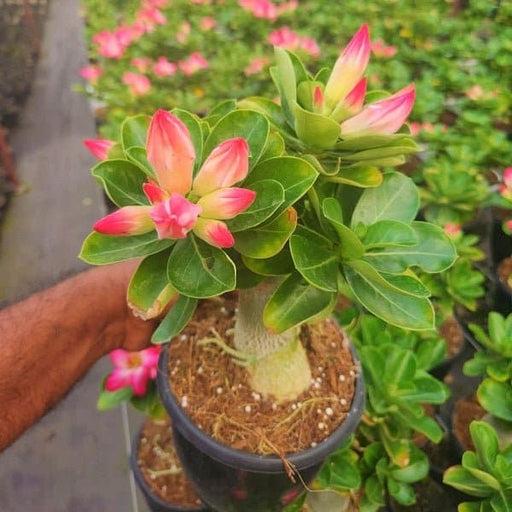
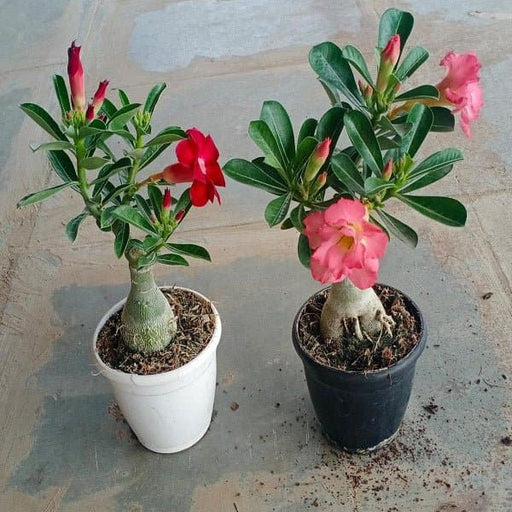 Save 24%
Save 24%
Set of 2 Bonsai Looking Grafted Adeniums Transform your indoor or outdoor space with our exquisite Set of 2 Bonsai Looking Grafted Adenium...
View full details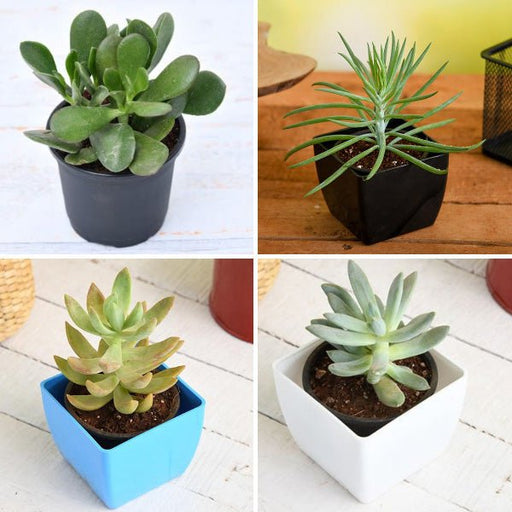 Save 45%
Save 45%
Top 4 Die Hard Succulents Pack Transform your indoor or outdoor space with our Top 4 Die Hard Succulents Pack, featuring a curated selecti...
View full details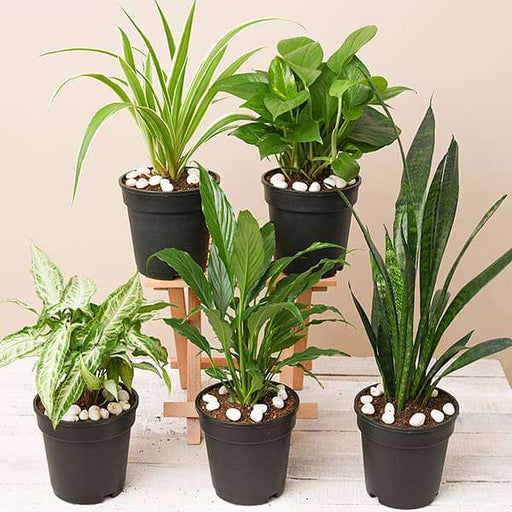
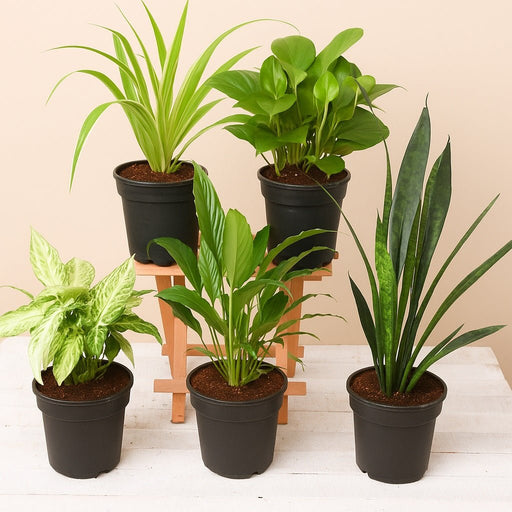 Save 30%
Save 30%
5 Best Indoor Plants Pack Transform your living space into a lush oasis with our '5 Best Indoor Plants Pack.' This carefully curated collection fe...
View full details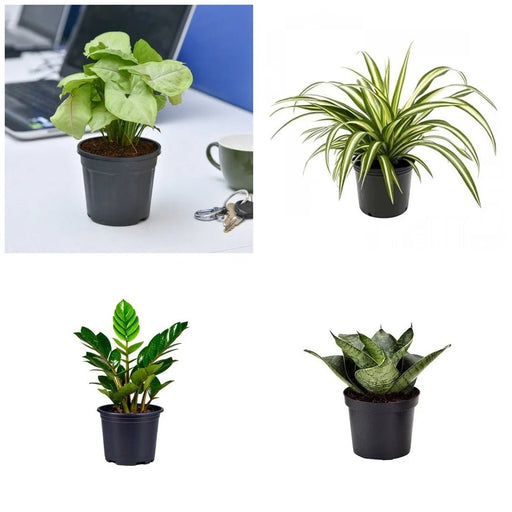
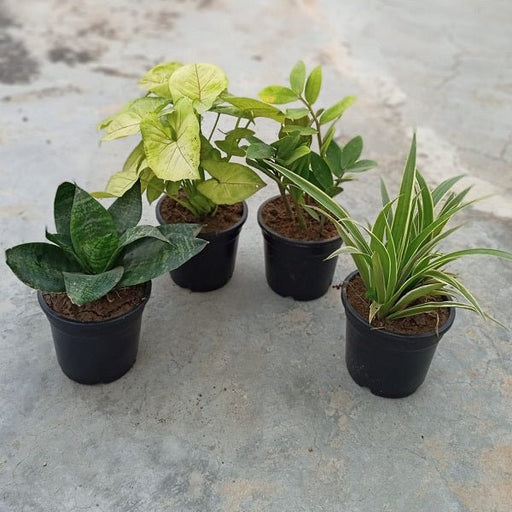 Save 25%
Save 25%
Set of 4 Evergreen Air Purifier Plant Pack Transform your indoor space into a lush, green oasis with our Set of 4 Evergreen Air Purifier Pla...
View full details| SrNo | Item Name |
|---|---|
| 1 | Dypsis medagascariensis clumping - Plant |
Dypsis medagascariensis, commonly known as the Madagascar Palm, is a stunning clumping palm native to Madagascar. This tropical beauty features slender, arching fronds that create a lush, green canopy, making it an ideal choice for both indoor and outdoor spaces. With its unique growth habit and striking appearance, it adds a touch of exotic elegance to any garden or home.
What sets Dypsis medagascariensis apart is its ability to thrive in various environments, from tropical gardens to indoor settings. Its clumping nature allows it to grow in tight spaces, making it perfect for patios or small gardens. This palm is not only visually appealing but also contributes to biodiversity, providing habitat for various wildlife.
Special features of this plant include its resilience to drought and its air-purifying qualities, making it a sustainable choice for eco-conscious gardeners. Additionally, it can reach heights of up to 10 feet, creating a dramatic focal point in any landscape.
Ah, the star of the show! This clumping beauty, also known as the Madagascar palm, is not your average houseplant. With its elegant, feathery fronds and a penchant for drama, it’s like the diva of the plant world. Perfect for adding a tropical flair to your garden or living room, it thrives in bright, indirect light and can grow up to 10 feet tall. Just remember, it’s not a fan of frost, so keep it cozy indoors during winter.
Forget about those pesky, sprawling palms! The clumping palm is the introvert of the plant kingdom, preferring to keep its friends close and its roots even closer. This growth habit not only makes it a space-saver but also creates a lush, dense appearance that’s perfect for creating a tropical oasis in your backyard.
Want to turn your yard into a slice of paradise? Embrace tropical garden design! With the Dypsis medagascariensis leading the charge, you can mix and match vibrant foliage, colorful flowers, and exotic plants to create a lush retreat. Just remember, the key is layering—think tall palms, mid-height shrubs, and ground cover that will make your garden the envy of the neighborhood.
Who says you can’t have a tropical getaway indoors? With the right indoor plant care, your Dypsis medagascariensis can thrive in your living room. Keep it in bright, indirect light, water it when the top inch of soil is dry, and give it a little humidity boost. It’s like a spa day for your plant, and trust us, it will thank you with lush growth and vibrant fronds.
If you’re not exactly a green thumb, fear not! The Dypsis medagascariensis is a low-maintenance superstar. It doesn’t require constant attention, making it perfect for busy plant parents. Just give it some light, water it occasionally, and watch it flourish. It’s like having a pet that doesn’t need to be walked—what’s not to love?
Looking to spice up your outdoor space? Consider incorporating the Dypsis medagascariensis into your landscaping ideas. Its striking appearance can serve as a focal point or be grouped with other tropical plants for a lush effect. Pair it with colorful flowers or contrasting foliage to create a visual feast that will have your neighbors green with envy.
While the Dypsis medagascariensis loves a good drink, it can also tolerate some drought. This makes it a great addition to a drought-tolerant garden. Just be sure to give it a good soak during dry spells, and it will reward you with its stunning presence. It’s like having a plant that can party hard but also knows when to chill.
Keeping your garden in tip-top shape doesn’t have to be a chore. With a few garden maintenance tips, you can ensure your Dypsis medagascariensis stays healthy and happy. Regularly check for pests, prune any dead fronds, and don’t forget to fertilize during the growing season. It’s like giving your plant a little TLC—it’ll thrive, and you’ll feel like a gardening guru.
Before you dive into planting, check your planting zones! The Dypsis medagascariensis thrives in USDA zones 10-11, which means it loves warm, tropical climates. If you live in a cooler area, consider keeping it as a houseplant or bringing it indoors during the colder months. It’s all about knowing where your plant can strut its stuff without freezing its fronds off.
Every plant parent’s nightmare—pests! But fear not, because pest control for plants can be a breeze. Keep an eye out for common culprits like spider mites and mealybugs on your Dypsis medagascariensis. A little neem oil or insecticidal soap can go a long way in keeping those pesky invaders at bay. It’s like giving your plant a superhero cape to fend off the bad guys!
Want your Dypsis medagascariensis to reach its full potential? Don’t skip out on fertilizing palm trees! A balanced fertilizer during the growing season will provide the nutrients it craves. Just remember, too much of a good thing can be bad—so follow the instructions and watch your palm thrive like it’s on a tropical vacation.
Ready to expand your plant family? Plant propagation is the way to go! While the Dypsis medagascariensis is a bit tricky to propagate from seeds, you can try dividing clumps for new plants. It’s like sharing the love—just make sure each division has enough roots to thrive. Soon, you’ll have a mini jungle of your own!
Dypsis medagascariensis clumping, also known as Madagascar palm, is a charming tropical plant that loves to show off its clumping growth habit. With its slender trunks and feathery fronds, it’s like the elegant dancer of the plant world, bringing a touch of exotic flair to your garden or indoor space.
Caring for this beauty is a breeze! Just give it bright, indirect light, keep the soil moist but not soggy, and watch out for pesky pests. It’s like having a low-maintenance friend who only asks for a little love and attention—perfect for those who want greenery without the drama!
This plant prefers well-draining soil that’s rich in organic matter. Think of it as a diva who demands a luxurious bed to rest on. A mix of potting soil, perlite, and a sprinkle of compost will keep it happy and thriving, ensuring it doesn’t feel like it’s stuck in a mud pit!
Watering is an art! Aim to keep the soil consistently moist, but let it dry out slightly between waterings. It’s like a refreshing spa day for your plant—too much water, and it’ll feel like it’s drowning; too little, and it’ll be parched. Balance is key!
Absolutely! This tropical gem is a fantastic indoor companion. Just provide it with bright, indirect light and a cozy spot away from drafts. It’ll thrive indoors, making your living space feel like a lush paradise. Who wouldn’t want a little slice of Madagascar in their home
This plant loves warmth! Ideally, keep it in temperatures between 65°F to 85°F. It’s like a sunbather who enjoys lounging in the tropical sun. Just be sure to avoid chilly drafts, as it’s not a fan of the cold—no one likes a frosty reception!
Yes, indeed! Feed your clumping friend with a balanced liquid fertilizer every 4-6 weeks during the growing season. It’s like giving it a gourmet meal to keep it vibrant and healthy. Just don’t overdo it; too much fertilizer can lead to a plant with a serious case of indigestion!
This plant is a moderate grower, typically reaching its full height of 6-10 feet in a few years. It’s not a speedster, but it’s not a sloth either! With the right care, you’ll see it flourish and fill your space with its graceful presence, making it worth the wait.
Yes, you can! Propagation is usually done through division. Just carefully separate the clumps and replant them in their own pots. It’s like giving your plant a chance to expand its social circle. Soon, you’ll have a mini Madagascar party happening in your garden!
Keep an eye out for common pests like spider mites and mealybugs. They can be sneaky little critters! Regularly inspect your plant and give it a gentle shower to wash away any unwanted guests. It’s like a spa day for your plant—refreshing and pest-free!
Good news for pet lovers! Dypsis medagascariensis clumping is non-toxic to cats and dogs. So, you can let your furry friends roam freely without worrying about them nibbling on your plant. It’s a win-win situation—your plant stays safe, and your pets can frolic without a care in the world!